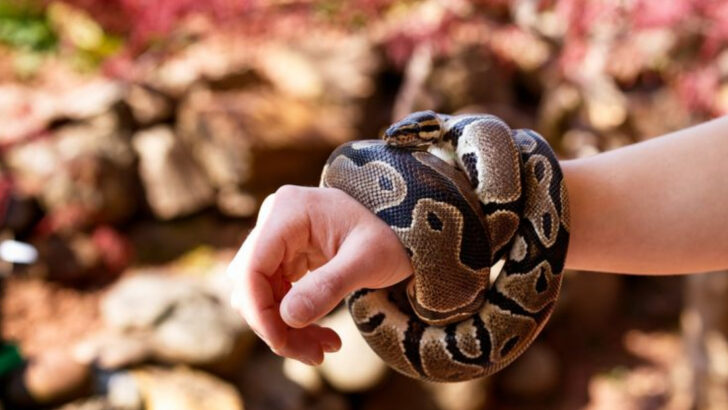Not all reptiles make good first impressions—and some are downright nightmares for beginners.
Sure, those bright colors and hypnotic eyes might reel you in. But behind the glass? Trouble. Biting. Escaping. Dropping their tail the second you blink.
The truth is, some reptiles demand expert-level patience, high-tech habitats, and more humidity control than a rainforest. Start with the wrong one, and you’ll be overwhelmed faster than a gecko on a hot rock.
But don’t worry—there are chill, beginner-friendly reptiles who don’t need a full-time zookeeper to survive.
We’re naming names.
The divas. The escape artists. The ones that’ll haunt your dreams.
And the calm, cool companions that won’t drive you crazy.
Let’s save you from a scaly mistake.
Green Iguana
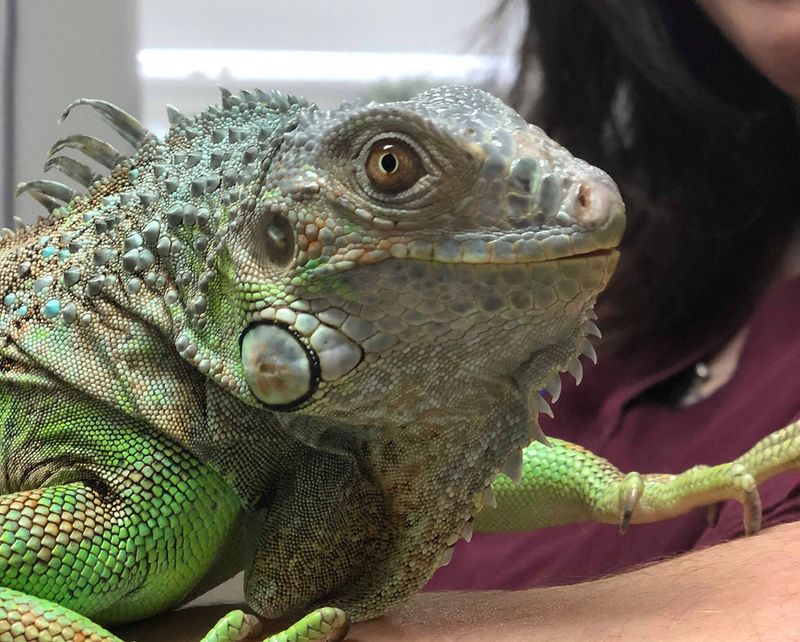
The captivating green iguana might seem like an ideal pet with its majestic appearance. However, these reptiles require extensive space and specialized care, making them unsuitable for beginners. Green iguanas can grow up to six feet long and need large enclosures, often leading to unexpected challenges for new owners. They are also known to be temperamental, which can pose handling difficulties. Their diet is specific and must be maintained meticulously to ensure their health. If you are just starting your journey with reptiles, it’s best to consider other options before committing to a green iguana.
Ball Python
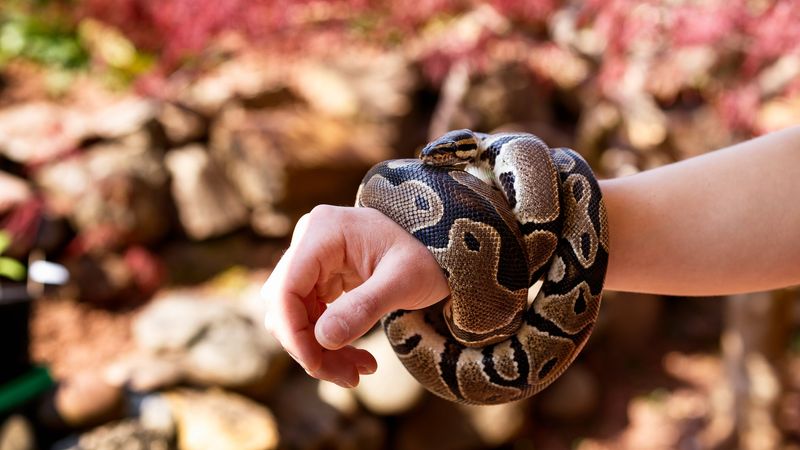
Ball pythons are one of the most recommended reptiles for beginners due to their manageable size and gentle disposition. These snakes are known for their tendency to curl into a ball when stressed, hence the name. Their dietary needs are straightforward, usually involving feeding them pre-killed mice or rats once a week. Ball pythons thrive in environments with stable humidity and temperature, making them relatively low-maintenance. Their docile nature and ease of care make them a perfect choice for those new to keeping reptiles. With proper care, ball pythons can be a rewarding and fascinating pet.
Chameleon
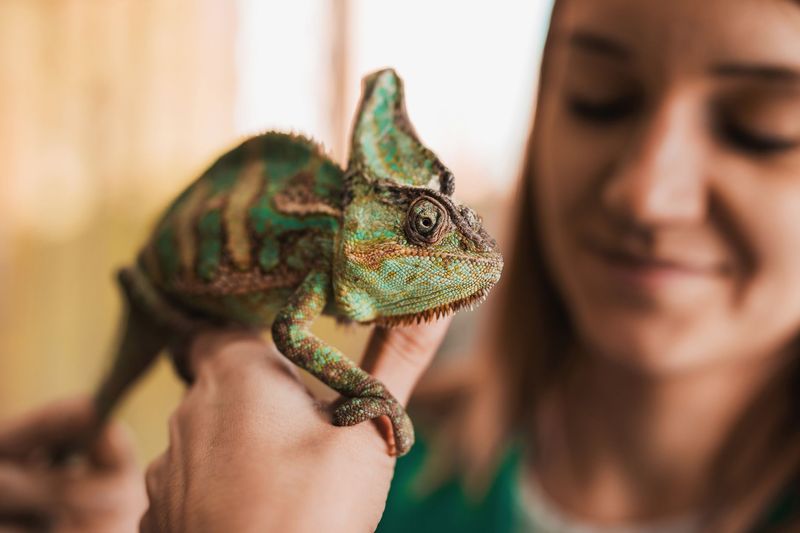
Chameleons are famous for their incredible color-changing abilities, making them fascinating creatures to observe. However, they are extremely sensitive and require precise environmental conditions, including specific humidity and temperature levels, which can be difficult for beginners to maintain. Chameleons also need a diet of live insects, which could be challenging for some owners. Their solitary nature means they are prone to stress if handled excessively. For those just starting out with reptiles, it’s advisable to steer clear of chameleons until more experienced in reptile care.
Leopard Gecko
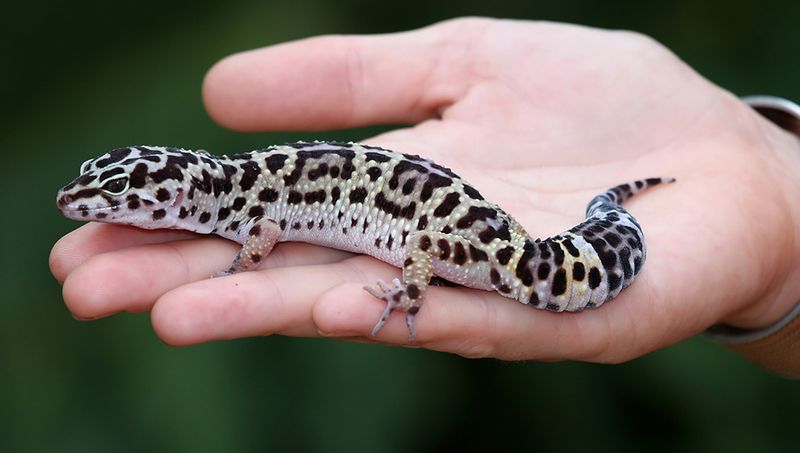
Leopard geckos are an excellent choice for beginners, known for their calm temperament and ease of care. These small lizards have unique spotted patterns and are available in various color morphs, adding to their appeal. Leopard geckos require a simple setup with a warm habitat and are insectivores, thriving on a diet of crickets and mealworms. Their nocturnal nature means they are most active in the evening, providing entertainment during those hours. With minimal space requirements and straightforward care instructions, leopard geckos are a delightful and manageable pet for those new to reptile keeping.
Tokay Gecko
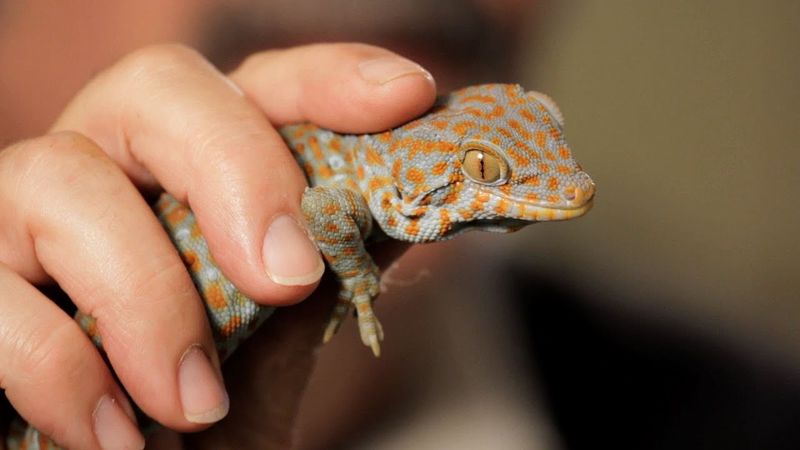
With their striking blue and orange-spotted skin, tokay geckos are visually stunning but not ideal for beginners. These geckos are known for their aggressive behavior and strong bite, which can be intimidating for new reptile owners. Tokay geckos require a humid environment and a varied diet of live insects, which may be challenging to provide consistently. Additionally, these geckos are nocturnal and can be quite vocal, which might not be suitable for all households. For those starting with reptiles, it’s better to choose a species that is more docile and forgiving.
Crested Gecko
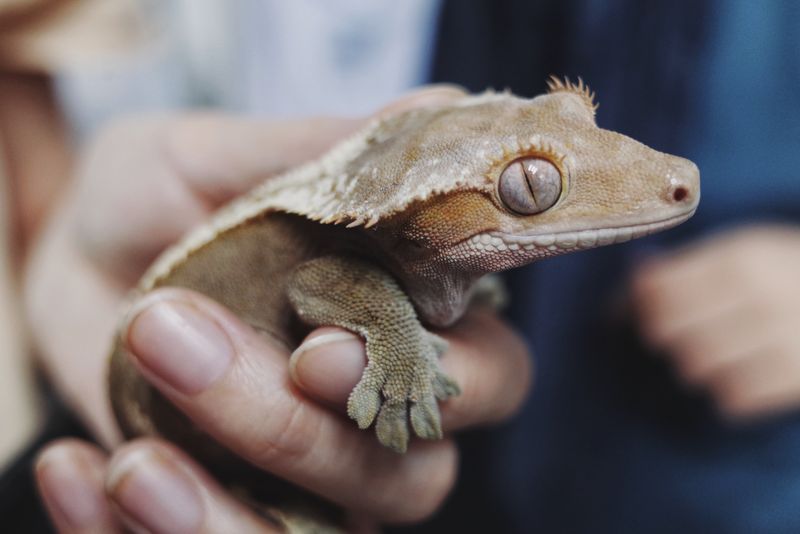
The crested gecko is a popular choice among beginner reptile enthusiasts due to its gentle nature and manageable care requirements. These geckos sport a distinctive crest running from their eyes to their tails, making them visually appealing. Crested geckos thrive in a vertical habitat with ample climbing opportunities and are easy to feed, with a diet consisting of specially formulated gecko food supplemented with live insects. Their friendly demeanor and simple care needs make them an ideal starter reptile. Crested geckos are also known for their ability to regenerate their tails, adding to their charm.
Burmese Python
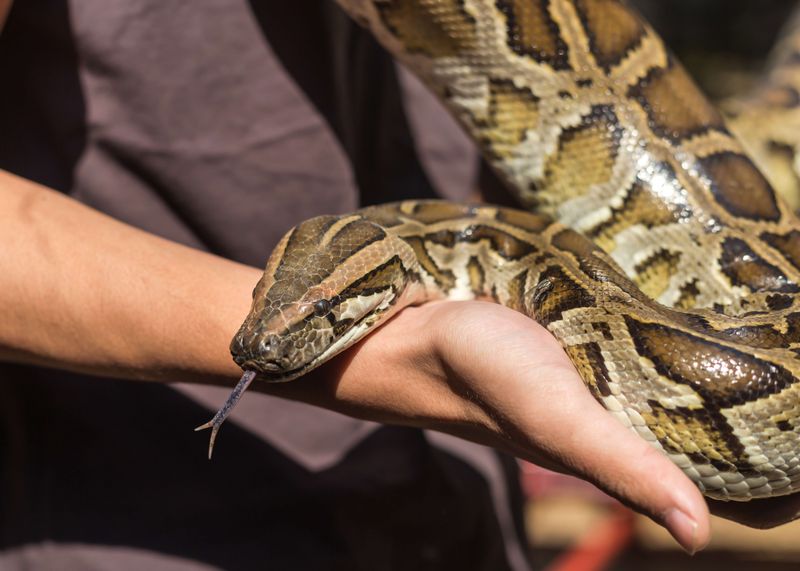
Burmese pythons, while impressive and awe-inspiring, are not suitable for beginners. These snakes can grow to be over 20 feet long and weigh more than 200 pounds, requiring significant space and resources to care for properly. Their size can also make handling them difficult and potentially dangerous without experience. Burmese pythons require a varied diet and a carefully controlled environment to thrive. For those new to keeping reptiles, these gentle giants can quickly become overwhelming. It’s advisable to gain experience with smaller, more manageable snakes before considering a Burmese python.
Corn Snake
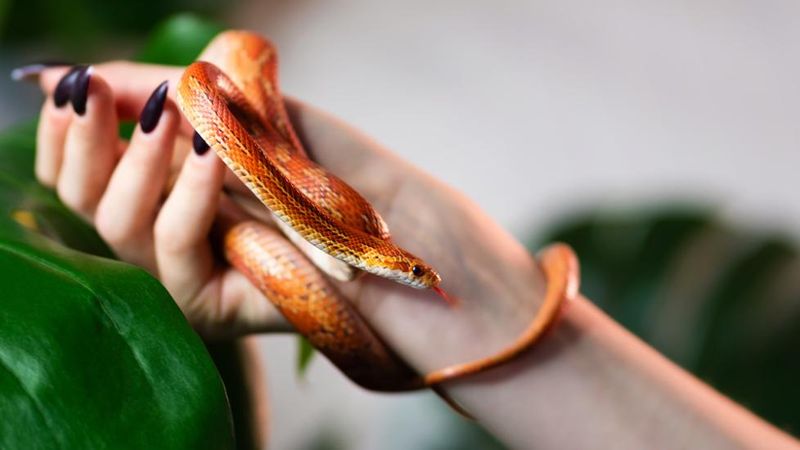
Corn snakes are often acclaimed as the perfect beginner snake due to their docile nature and easy care requirements. These snakes are known for their beautiful, varied patterns and colors. Corn snakes thrive in simple terrarium setups and require a diet of appropriately sized rodents, typically fed every seven to ten days. Their calm disposition makes them easy to handle, and they rarely show aggression. Corn snakes are also escape artists, so secure enclosures are essential. With their manageable size and straightforward care, corn snakes offer a rewarding experience for novice reptile keepers.
Monitor Lizard
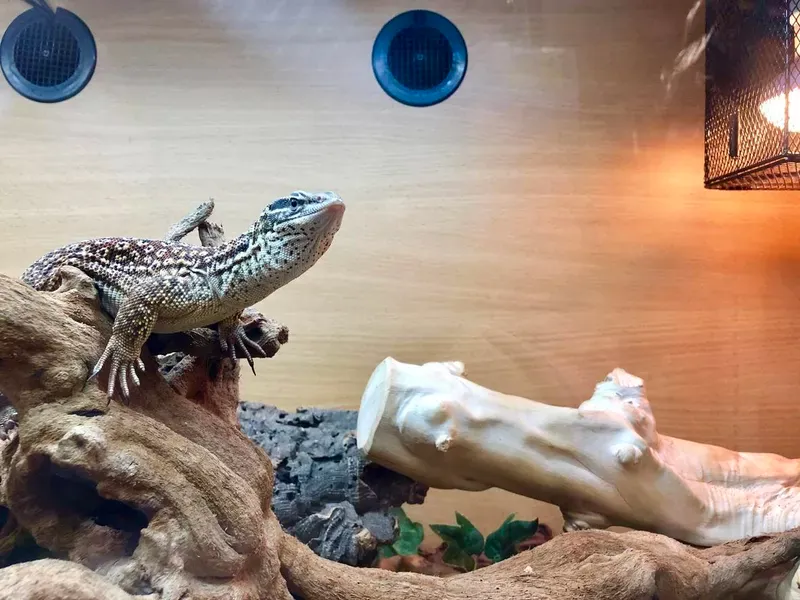
Monitor lizards are intriguing creatures but are not recommended for beginners due to their large size and complex care needs. These lizards can grow several feet long and require extensive space, specialized lighting, and a diverse diet. They are known for their intelligence and curious nature, which can make them challenging to keep entertained and properly housed. Handling large monitor lizards requires experience and confidence, as they can be strong and potentially aggressive. For those new to reptiles, starting with a smaller, more manageable species is advised before taking on the responsibility of a monitor lizard.
Bearded Dragon
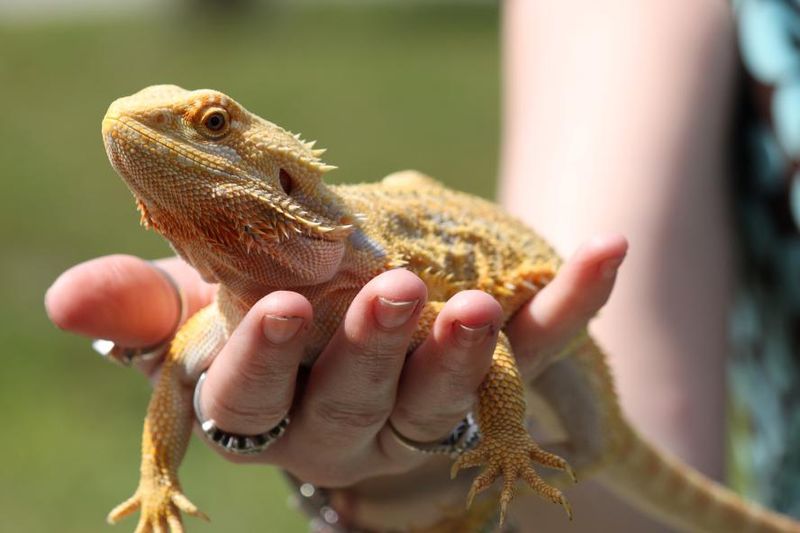
Bearded dragons are favored among beginner reptile enthusiasts for their friendly demeanor and relatively simple care needs. These lizards, with their distinctive beards, are known for being interactive and enjoying human interaction. Bearded dragons require a habitat with both basking and cooler areas to regulate their body temperature effectively. Their diet is varied, consisting of insects and vegetables, which provides an opportunity for owners to engage with their pet’s feeding. With their outgoing personalities and ease of care, bearded dragons make a delightful addition to any household looking to start a reptile-keeping journey.
Veiled Chameleon
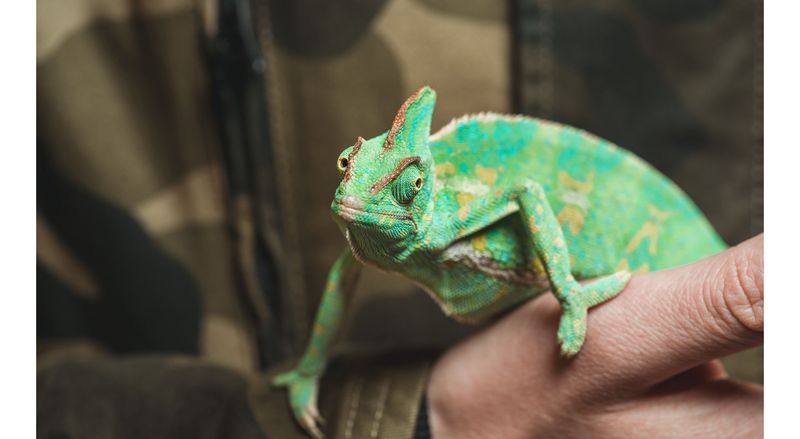
Veiled chameleons are known for their stunning appearance and ability to change colors. However, their specific care requirements make them a poor choice for beginners. They need an environment with carefully controlled humidity and temperature levels, along with a diet rich in live insects. The stress of handling and environmental changes can lead to health issues in veiled chameleons, making them challenging pets for those without experience. For new reptile owners, it’s best to explore species that are more adaptable and less sensitive to environmental changes than the veiled chameleon.
Blue-Tongue Skink
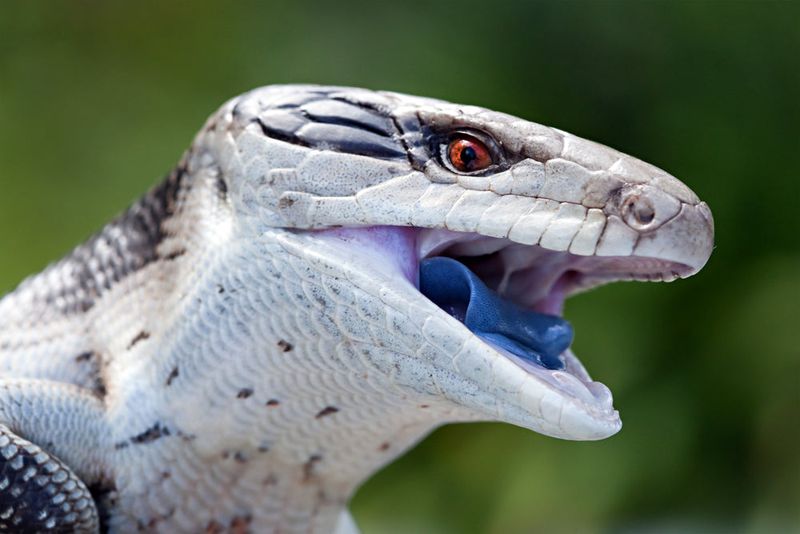
Blue-tongue skinks are often recommended for reptile newcomers due to their hardy nature and ease of handling. These lizards are known for their distinctive blue tongues and gentle temperament. They thrive in simple enclosures and have a varied diet that includes insects, fruits, and vegetables. Blue-tongue skinks are curious and can become quite interactive with their owners, offering an engaging pet experience. Their robust health and straightforward care requirements make them an excellent choice for beginners. With a blue-tongue skink, new reptile keepers can enjoy an adventurous and rewarding pet-keeping experience.
Reticulated Python
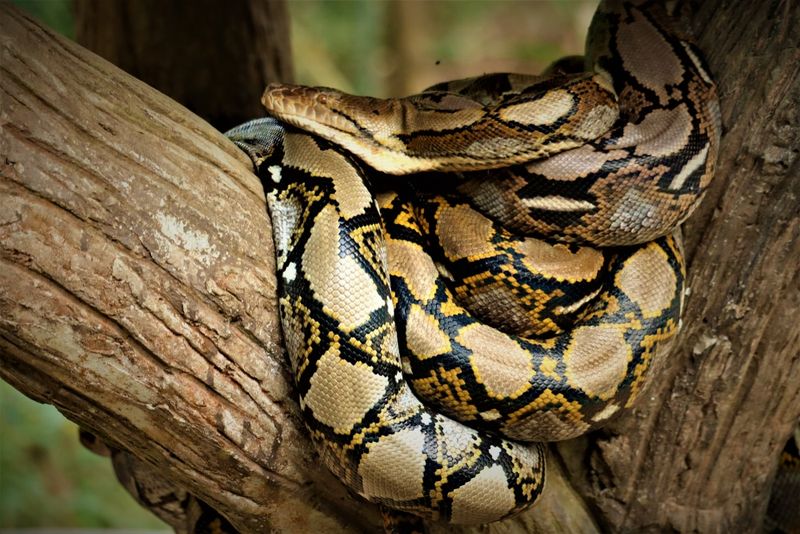
Reticulated pythons are awe-inspiring with their intricate patterns, but their enormous size and demanding care needs make them unsuitable for beginners. These snakes can exceed 20 feet in length, requiring substantial space and a secure enclosure. Their feeding and environmental needs are complex, and handling such large snakes safely requires significant experience. Reticulated pythons can be unpredictable and are best suited for advanced reptile enthusiasts. For those new to reptiles, starting with a smaller, more manageable species is recommended before considering the responsibility of a reticulated python.
Russian Tortoise
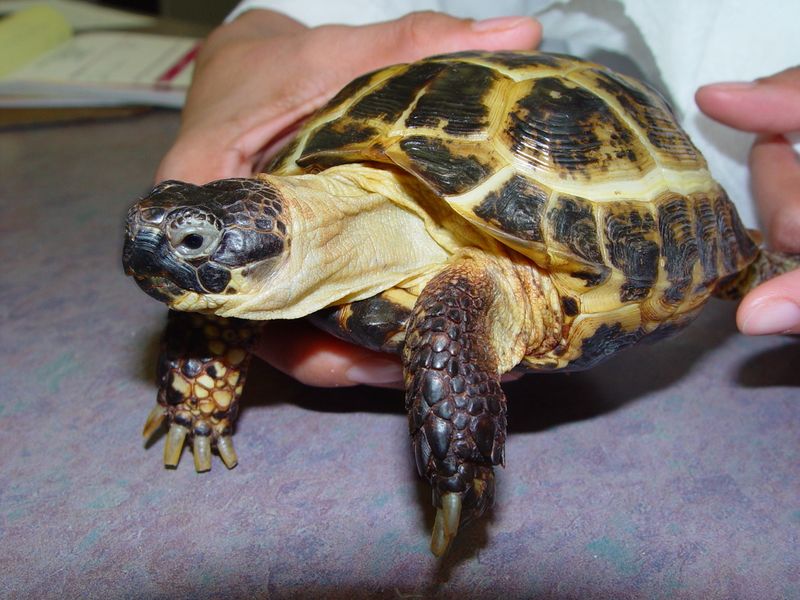
Russian tortoises are a fantastic choice for beginner reptile enthusiasts thanks to their manageable size and straightforward care requirements. These tortoises are known for their hardy nature and long lifespan, often living over 50 years with proper care. They thrive in both indoor and outdoor enclosures, provided they have access to sunlight or UVB lighting. Russian tortoises are herbivores, enjoying a diet of leafy greens and vegetables. With their charming personalities and easy-going care needs, Russian tortoises are an excellent addition to any home looking to embark on a reptile-keeping adventure.
Argentine Black and White Tegu
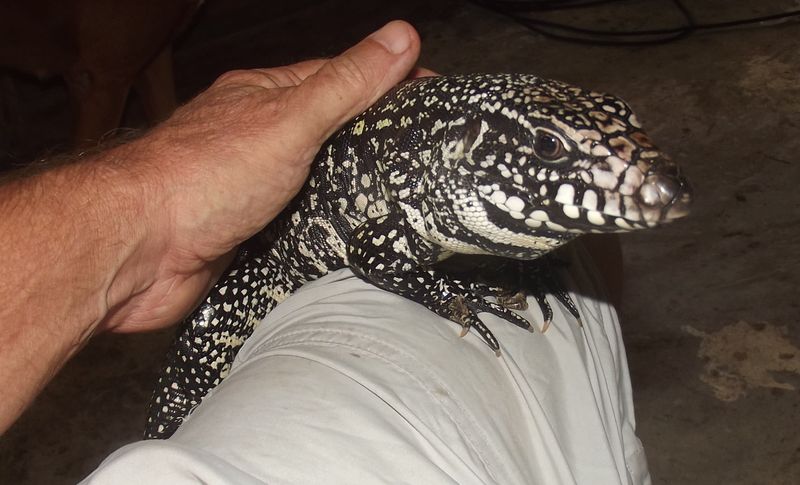
Argentine tegus are fascinating reptiles but are not recommended for beginners due to their large size and complex care needs. These lizards can reach up to five feet in length and require extensive space and a varied diet. Argentine tegus are intelligent and can be tamed with regular, careful handling, but they require an experienced owner to manage their active and inquisitive nature. They thrive in environments that mimic their natural habitat, needing specialized lighting and temperature control. For novice reptile keepers, starting with a more manageable species is advisable before taking on the responsibility of an Argentine tegu.
King Snake
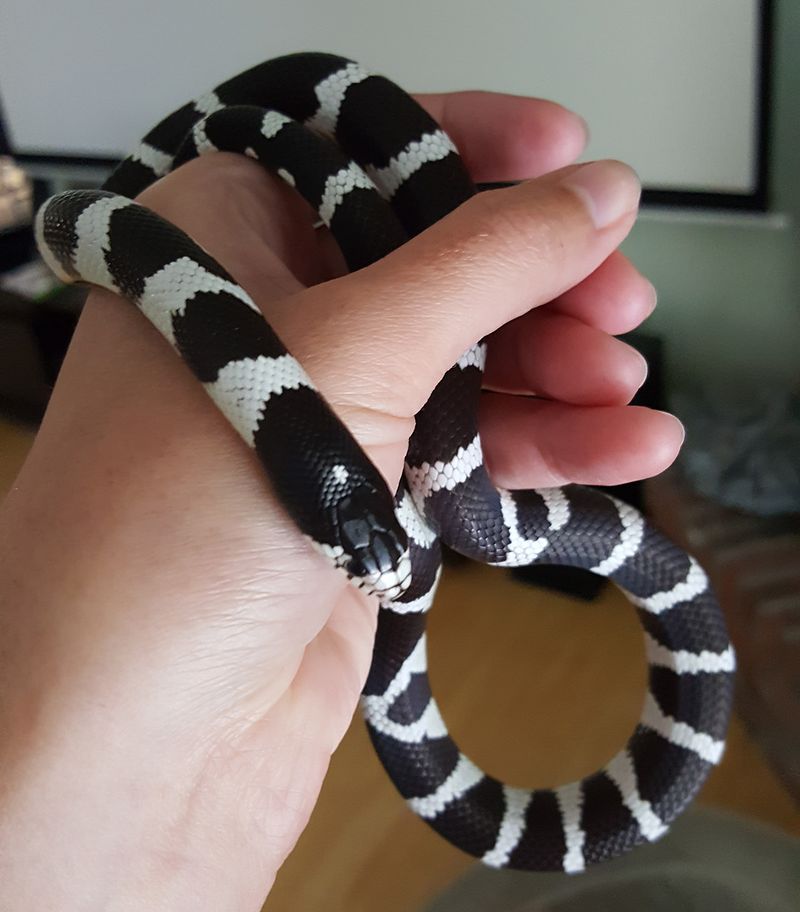
King snakes are ideal for beginners due to their docile nature and manageable size. These snakes are known for their striking patterns and resilience, making them popular among reptile enthusiasts. King snakes require a simple terrarium setup and a diet of appropriately sized rodents, typically fed every week. Their calm disposition and ease of care make them straightforward to handle and a joy to keep. King snakes are also known for their adaptability, thriving in various conditions. For those new to reptiles, king snakes offer a rewarding and enjoyable pet-keeping experience.
Frilled Dragon
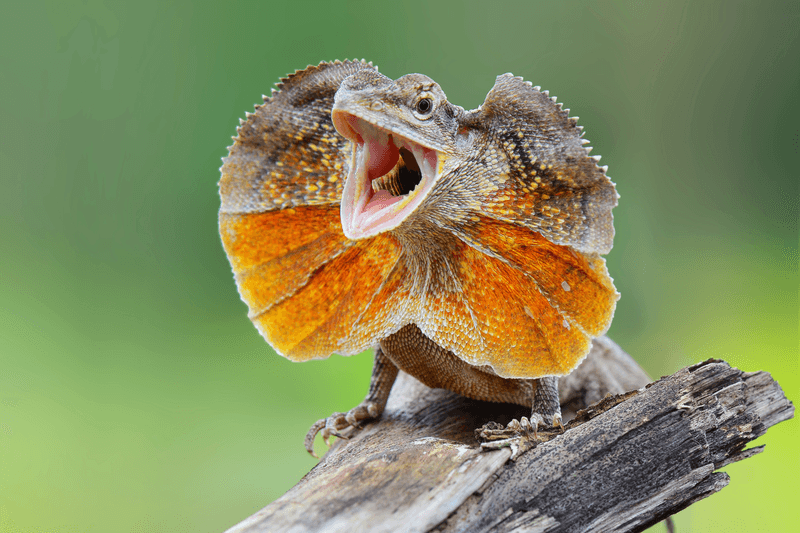
Frilled dragons, with their dramatic frills, are captivating creatures but require specific care that may be challenging for beginners. These lizards need ample space to accommodate their active nature and a specialized diet rich in insects. Proper lighting and temperature control are crucial to maintaining their health and well-being. Frilled dragons can be skittish and sensitive to handling, which might be daunting for those new to reptiles. For first-time reptile owners, it’s advisable to start with a species that is more forgiving and requires less specialized care than the frilled dragon.
Uromastyx
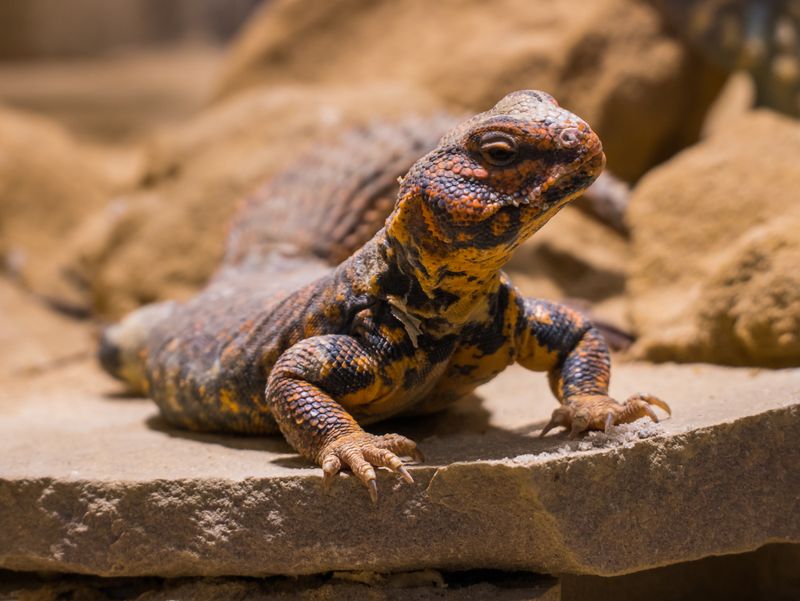
Uromastyx lizards, often called spiny-tailed lizards, are a great choice for beginners due to their herbivorous diet and hardy nature. These lizards thrive in hot, arid environments and are known for their distinctive tail and vibrant colors. Uromastyx require a well-ventilated enclosure with a basking spot to mimic their natural habitat. They are gentle and can become quite tame with regular interaction, offering an engaging pet experience. Their simple care needs and charming personalities make uromastyx an excellent option for those new to reptile keeping. With a uromastyx, beginners can enjoy an exciting pet journey.
Gila Monster

Gila monsters, although fascinating with their beaded skin and venomous bite, are not recommended for beginners. These lizards have complex care requirements and are protected by law, which often restricts their ownership. Gila monsters require a carefully controlled environment with specific temperature and humidity conditions to thrive. Their venomous nature and legal restrictions make them unsuitable for novice reptile keepers. For those new to reptiles, it’s best to explore species that are easier to care for and legally accessible. Gila monsters are best left to experienced handlers and researchers who understand their unique needs.
African Fat-Tailed Gecko
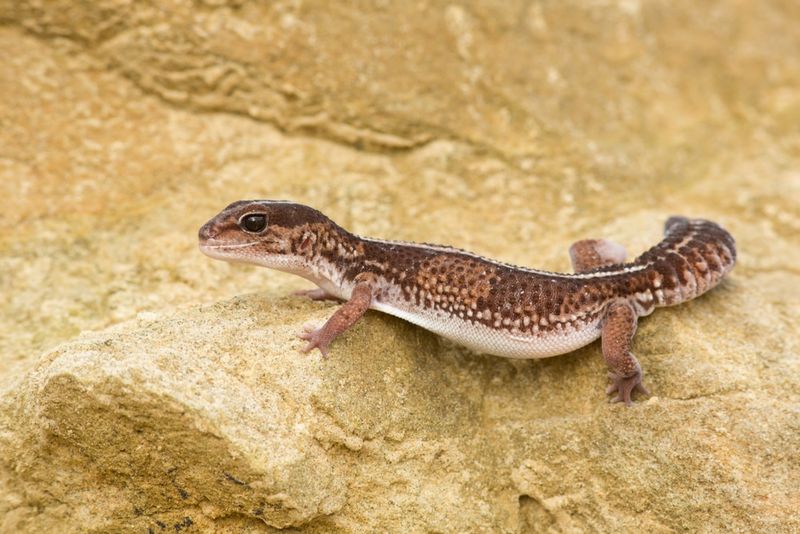
The African Fat-Tailed Gecko is an endearing reptile with a calm demeanor, making it perfect for beginners. With its distinct, plump tail and gentle nature, this gecko is quite captivating. Unlike its more demanding cousins, it requires minimal care, making it ideal for new reptile enthusiasts.
Native to the arid regions of West Africa, this gecko thrives in a simple setup with moderate humidity. Its dietary needs are straightforward, primarily consisting of crickets and mealworms. This reptile’s charming personality and ease of care ensure an enjoyable experience for budding herpetologists.
Did you know? The African Fat-Tailed Gecko can even be found in a variety of morphs, adding to its appeal.

